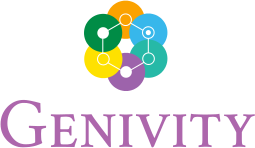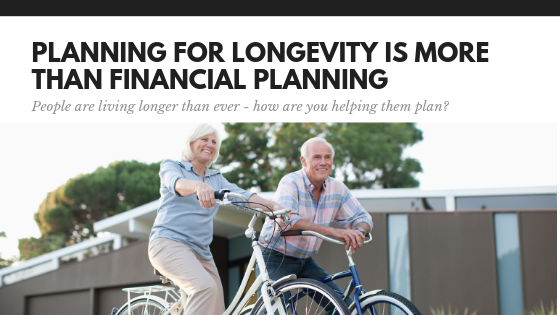It can seem as though your profession is centered around one thing: money. Day in and day out you are in the weeds of figuring out how people can best optimize their wealth moving forward. It’s very rewarding to put strategies in place around expenses and incomes, but when the conversation turns to longevity financial planning, there are aspects that need to be considered outside the realm of traditional financial planning.
Money is Only the Beginning
It’s true that all tangential planning aspects will have some root in money, but they may not be obvious. Researching and planning for the lesser known challenges of longevity is important in painting a comprehensive picture of financial planning.
It’s fairly straightforward to say that your client will have “x” income and “x” expenditures. These often include things like health care, food, housing, etc. But have you or your clients’ non-obvious expenditures?
Transportation, for instance, is a major expense in the lives of an elderly person. If they don’t or are unable to drive, that leaves them reliant on others, especially if there are health concerns. In the same vein, questions should be asked if downsizing to a more walkable neighborhood would be a better option and if it affordable. Will their current housing need to be modified for lack of mobility or health complications? Will loneliness from aging in place ultimately lead to more financial expenditures than you were anticipating?
Asking the Right Questions
There are almost endless questions that you could ask similar to the above examples. How many of these questions have you asked your clients recently? If you have trouble getting the conversation started, solutions such as HALO can jumpstart the process by giving clients a way to answer critical questions before they come to meet with you.
Your role for your clients is to plan for their future. They are, ostensibly, paying you to think of the questions that they have not thought of themselves. You can start getting more information by asking key questions such as those in the HALO assessment, but in addition to asking questions, try reframing your thought process around clients that live longer and how you can best make those years comfortable and fulfilling.
Planning for longevity is really planning for quality of life. Money is simply the tool we use to make that happen. When you approach your client’s future from a perspective of empathy instead of dollars and cents, you’ll be able to create a more thorough, fulfilling plan for your clients’ wealth. This will give them the best chance of enjoying their last years and give you the satisfaction of a job well done.

